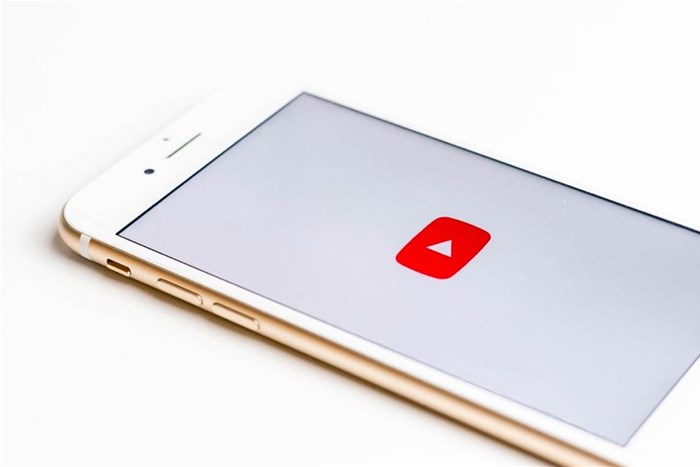With over 1 billion users, YouTube has become one of the biggest social media platforms in the world and an excellent advertising medium, especially when it comes to small businesses looking to expand their customer base. But with so many different types of ad formats available, deciding which one is right for your business can be confusing. Moreover, according to where you live there might be different strategies you can apply (
see for YouTube ads in New Zealand), so you have to be sure you are strategic with your ads. Here's everything you need to know about using YouTube advertising for your business and getting the most bang out of your buck.
Sign up with Google Ads
Google’s self-service advertising platform is easy to use and it’s free. It may take a little getting used to if you don’t have much experience with PPC, but once you master Google Ads, you can start running highly targeted campaigns in no time. Make sure your business isn’t already set up with Google Ads before you begin. If it is, then just follow these steps: Click Sign Up, and complete your account information.
Choose Video Views as an objective
Ads on YouTube are targeted based on a couple of different criteria, with views being a particularly interesting metric. On one hand, it’s simple: The more video views your ad gets, the higher your click-through rate (CTR) will be and thus you’ll get better results. On another level, there’s a lot that can go into improving your CTR – including but not limited to factors like when you target and whether you incorporate text or images in your video thumbnail.
Set a daily budget
The largest expense when it comes to advertising on YouTube is your budget, which can run as high as $2.5m per day if you’re a brand like Coca-Cola. That kind of spending requires that you monitor and manage your ad spend closely, which means setting a daily budget is critical. While there are various ways in which you can set your daily budget, we recommend using a formula based on cost per thousand impressions (CPM). This will help ensure that you don’t overspend and that you aren’t wasting money on ineffective ads.
Target new people and non-existing subscribers
Don’t just throw money at your subscribers or existing viewers. While it is tempting to reach out to everyone you know, or every customer you have, you'll find a much bigger return on investment when you focus on targeting new users who are looking at similar things as your core audience. For example, if you sell gourmet cookware and teach cooking classes, then look at targeting people who watch high-end cooking shows rather than cooking blogs. You’ll be reaching new people, who have yet to hear about your business. This will allow you to build your brand and help grow your following on all social media platforms.
Test before you spend big
Before you dive into a paid ad campaign, figure out if your audience responds well to online ads. If so, pay attention to what works—and what doesn’t. For example, you can use Google AdWords Keyword Planner or an online keyword tool like VWO or SpyFu (see below) to find out how much a certain keyword costs. Try setting up an ad campaign using specific keywords and see how much you spend on each click, then run a similar experiment with different ads. For example, set up one video in which your product is featured prominently and another in which it’s barely mentioned; see which one drives more clicks at a lower cost per click.
Stop the campaign if you don’t see good results
If you run a YouTube campaign, it’s easy to get excited by a few clicks. But if you don’t see good results, it might be better to pause your campaign until you can figure out why you aren’t getting people watching your videos or clicking on your ads. Once you identify what went wrong and learn how to fix it, restarting your campaign is often easier than starting from scratch.
















